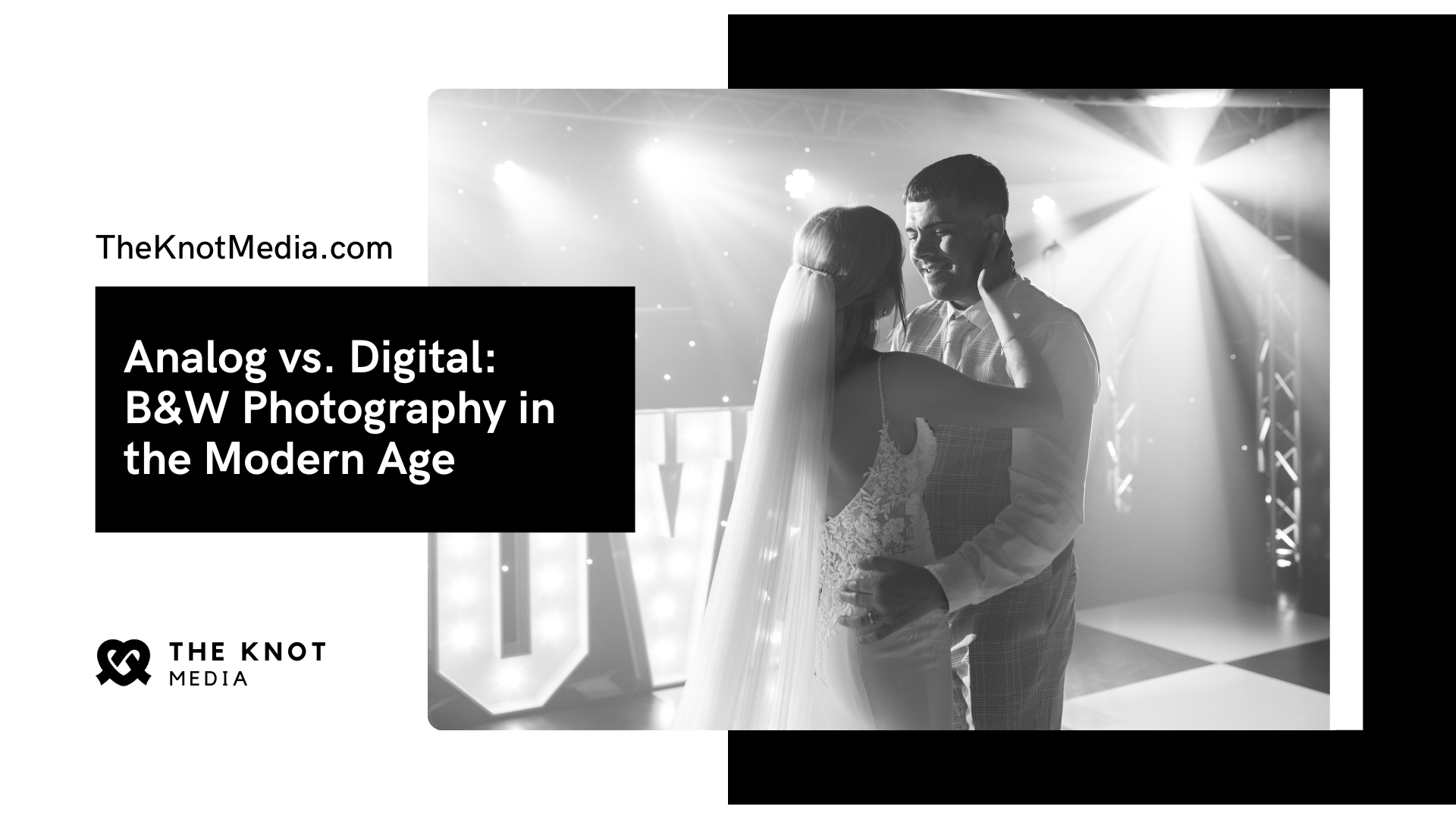One debate that continues to capture the imagination of artists and enthusiasts alike is the timeless battle between analog and digital techniques. This debate is particularly fascinating when it comes to the realm of black and white photography, a genre that has seen a resurgence in popularity in recent years. In this article, we'll explore the unique qualities of both analog and digital black and white photography and how each can be harnessed to create stunning, timeless images in the modern age.
The Allure of Analog:
Analog black and white photography has a rich history dating back to the early days of photography. The process involves capturing light on a photosensitive film or paper, which is then developed in a darkroom using chemicals. The tactile nature of this process, along with the anticipation of waiting for an image to appear in the developing tray, adds a sense of mystery and nostalgia to the art form.
1. Timelessness and Authenticity: Analog black and white photography is cherished for its ability to convey a sense of timelessness and authenticity. The grain, texture, and imperfections in analog images can evoke a sense of history and emotion that is hard to replicate in digital photography.
2. Craftsmanship: Working with film demands a higher level of craftsmanship. Photographers must carefully select their film, exposure settings, and development techniques to achieve the desired result. This hands-on approach to photography can be deeply satisfying and offers a unique sense of control over the final image.
3. Aesthetic Appeal: Analog black and white photography often features a distinctive aesthetic with rich tonal ranges and deep contrasts. The medium allows for a more pronounced focus on composition, lighting, and subject matter, resulting in striking images.
The Power of Digital:
Digital black and white photography has, in recent years, become the dominant choice for many photographers due to its convenience and versatility. Digital cameras and post-processing software provide photographers with a wide range of creative tools and options.
1. Instant Gratification: One of the primary advantages of digital photography is the ability to review and adjust images in real-time. Photographers can experiment with exposure settings, compositions, and lighting on the spot, leading to faster and more efficient workflows.
2. Post-Processing Freedom: Digital black and white photography offers extensive post-processing capabilities. Photographers can fine-tune contrast, adjust tonal curves, and apply various filters to achieve their desired look. This flexibility allows for creative exploration and experimentation.
3. Versatility: Digital black and white photography allows photographers to switch between color and black and white effortlessly, giving them the option to choose the most suitable medium for each image. This versatility can be especially useful in capturing and expressing a wide range of emotions and moods.
The Best of Both Worlds:
In the modern age, photographers often find themselves navigating between the worlds of analog and digital. Some photographers even combine the two techniques to create unique and compelling black and white images. This hybrid approach allows for the timeless quality of analog and the convenience of digital.
1. Hybrid Workflows: Many photographers start by capturing their images digitally and then convert them to black and white during post-processing. This approach offers the benefits of digital technology while allowing photographers to experiment with different black and white styles.
2. Film Scanning: Another popular hybrid method involves shooting on film and then scanning the negatives or prints to create digital files. This process combines the distinctive analog characteristics with the convenience of digital editing and sharing.
The debate between analog and digital black and white photography in the modern age is not about declaring a winner; it's about recognizing the strengths and unique qualities of each medium. Photographers today have the privilege of choosing the best tools and techniques to suit their creative vision.
Whether you're drawn to the tactile, time-honored process of analog photography or prefer the convenience and versatility of digital, the art of black and white photography continues to thrive in the modern age. It's a testament to the enduring power of this medium to capture the essence of the world in shades of gray and to evoke emotion, nostalgia, and artistry that transcends time and technology.

